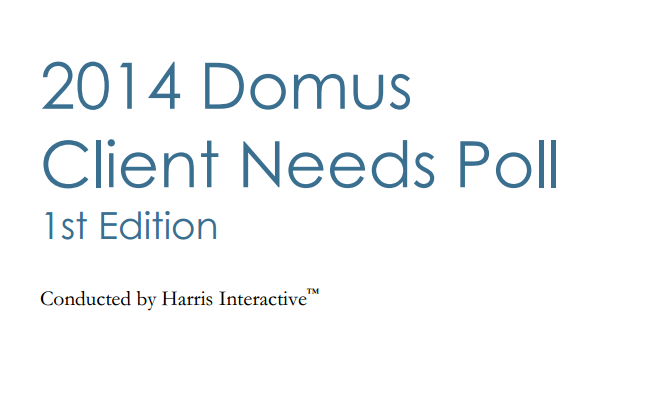GM vs. Ford – Which Company Has the Better Approach to Facebook Advertising?
July 16, 2012Stay on Message!
July 30, 2012Common misconceptions about PR – the practice and the professionals
I remember when I was studying Public Relations (PR) back in the day, or when I subsequently first started my career in PR. I’d be in some sort of social situation and the inevitable question would come up: “What do you do for a living?”
My response, I came to discover, was usually a conversation killer: “I’m in Public Relations.” …not because I’m a dull conversationalist, mind you, but because it seemed that nobody outside the industry actually knew what Public Relations, as a profession, really was.
Unfortunately, I have to say that even some 20+ years later, I’m not so sure people know what Public Relations is, despite the fact that people throw around the term “PR” like they actually have some knowledge of the practice and the profession.
Maybe it’s because there are a handful of PR-related television programs or characters in TV and the movies that are in PR, so people make broad assumptions and feign understanding of the profession based on such portrayals.
Consider these examples (and I’m not saying they’re good or accurate examples) of Public Relations practitioners in mainstream media:
- Lizzie Grubman’s late MTV reality series “PoweR Girls”
- “The Spin Crowd” on the E! television network
- Samantha Jones from “Sex and the City”
- Aaron Eckhart’s character in the 2005 movie “Thank You for Smoking”
…and the list goes on.
So is it any wonder that the general public has such a lack of understanding about what “Public Relations” truly is, or why people consider PR professionals to be little more than publicists and party planners? I’m not knocking either profession, but that’s not what I do.
What is Public Relations?
In 1984, Grunig and Hunt adapted the most widely used definition of Public Relations originally created by Rex Harlow in 1952 for the Foundation of Public Relations Research, which states: “Public relations is the distinctive management function which helps establish and maintain mutual lines of communication, understanding, acceptance and cooperation between an organization and its publics; involves the management of problems or issues; helps management to keep informed on and responsive to public opinion; defines and emphasizes the responsibility of management to serve the public interest; helps management keep abreast of and effectively utilize change, serving as an early warning system to help anticipate trends; and uses research and sound and ethical communication as its principal tools.”
A more recent definition put forth by the Public Relations Society of America (PRSA) states: “Public Relations is more than managing the flow of information between an organization and its publics. It is a communications discipline that engages and informs key audiences, builds important relationships and brings vital information back into an organization for analysis and action. It has real, measurable impact on the achievement of strategic organizational goals.”
(I didn’t see “party planning” anywhere in there; did you?)
So when people throw around the term “PR” with little understanding of the actual practice or profession, I find it a bit unsettling. That being the case, it gives me great pleasure to see that five business schools are now incorporating Public Relations into their MBA curriculum as part of a pilot program launched by the PRSA: http://bigstory.ap.org/article/business-schools-offering-pr-tips-future-ceos.
The more that business professionals understand the role and the importance of Public Relations, and the more Public Relations becomes an active and contributing piece of any organization’s overall business strategy, the less I – and those in my profession – are likely to face blank stares or inaccurate opinions when we proudly respond, “I’m in Public Relations.”
Amy Whilldin is an Account Director at Domus, Inc., a marketing communications agency based in Philadelphia. For more information, visit http://www.domusinc.com. For new business inquiries, please contact CEO and founder of Domus, Inc. Betty Tuppeny at betty.tuppeny@domusinc.com or 215-772-2805.




